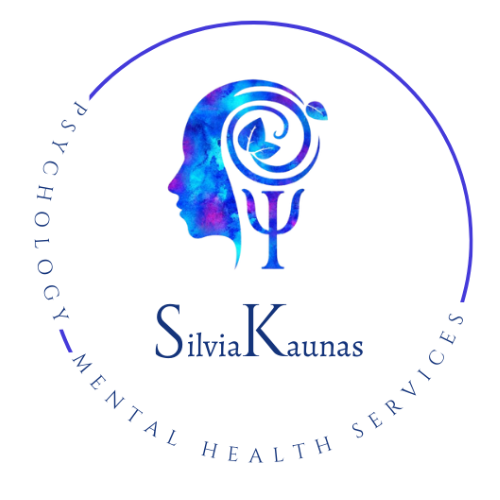When the Body Remembers What the Mind Tries to Forget:
Emotions, Immunity, and Invisible Pain
Since I was very young—around the age of 12—I learned what it means to live in “survival mode.” Loss, severe domestic violence, betrayal, and abandonment left deep marks on my emotional development. Despite being trained as a mental health professional and knowing advanced techniques for emotional regulation and self-care, I discovered that the body often doesn’t listen to what the rational mind tries to tell it. Trauma doesn’t go away simply because we know its name; more often, it embeds itself deep within the nervous system and the body, and eventually takes its toll.
The Link Between Emotions and the Immune System
Numerous scientific studies have shown that chronic negative emotions—such as stress, deep sadness, or prolonged fear—can weaken the immune system. Researchers like Candace Pert, a pioneering neuroscientist in the study of emotions and their connection to the body, affirmed that “emotions are chemical messengers,” and that the body processes them as an integral part of its information system. These are not merely “feelings,” but biochemical reactions that affect the entire organism.
Likewise, Gabor Maté, a Canadian physician and author of "When the Body Says No," describes how the body expresses through illness what the psyche has not been able to process. In his view, illnesses like cancer, arthritis, and autoimmune disorders are often linked to years of unresolved emotional trauma, emotional repression, and the need to please others or simply survive at any cost.
Physical Pain as an Expression of a Wounded Soul
Over the years, I’ve learned that not all pain is visible or recognizable to others. The emotional and physical pain many of us carry is silent, constant, and often invalidated by those around us. It is a kind of exhaustion that no amount of sleep can relieve, and a kind of anguish that no words can ease.
Accepting the consequences of that physical and emotional pain has been part of my healing process. Sometimes, acceptance doesn’t mean resignation—it means understanding that the body needs time, presence, compassion, and deep listening. In my case, spirituality has been a pillar of support. I’m not referring to religiosity in a dogmatic sense, but to a profound connection with something greater than trauma—something that reminds me that even within pain, there is still the possibility of rebuilding.
Betrayal: A Wound Without a Visible Scar
Betrayals remain, to this day, one of the most difficult wounds to process. They represent a rupture in trust, a destabilization of what once felt secure. In our emotional systems, betrayal doesn’t only trigger pain—it also activates hypervigilance, mistrust, and often protective self-isolation. I’ve learned that dealing with these wounds means naming them, setting clear boundaries, seeking safe spaces, and above all, understanding that self-trust must be rebuilt with the same love that was once offered to others.
How Do We Handle Invisible Pain?
Managing this pain requires a comprehensive approach. Some tools that have helped me—and that I also apply in my professional practice—include:
- Somatic therapy: to help the body release trapped memories
- Therapeutic writing: giving shape and meaning to suffering through words
- Spiritual connection:as an anchor during the darkest moments
- Radical acceptance: as taught by Dr. Tara Brach—not to agree with what is, but to stop resisting it
- Self-compassion: learned from Dr. Kristin Neff, as an antidote to chronic self-criticism
Conclusion
There is no magical solution to the physical and emotional pain left behind by trauma. But there are paths. The key is to honor what we’ve lived through, to recognize the body’s signals, to give space to the soul, and to allow emotional truth to take its rightful place in our story. And most importantly, to remember something essential: we are all human beings. No one is exempt from suffering, from illness, or from breaking down at some point in life. Trauma does not discriminate by profession, education level, or outward strength. Accepting our vulnerability does not make us weaker—it makes us more human. We are not superior for healing faster, nor inferior for taking longer. Every healing process is unique and must be respected with humility and compassion. Because in the end, when the body speaks, it is the mind and the heart that must learn to listen.

